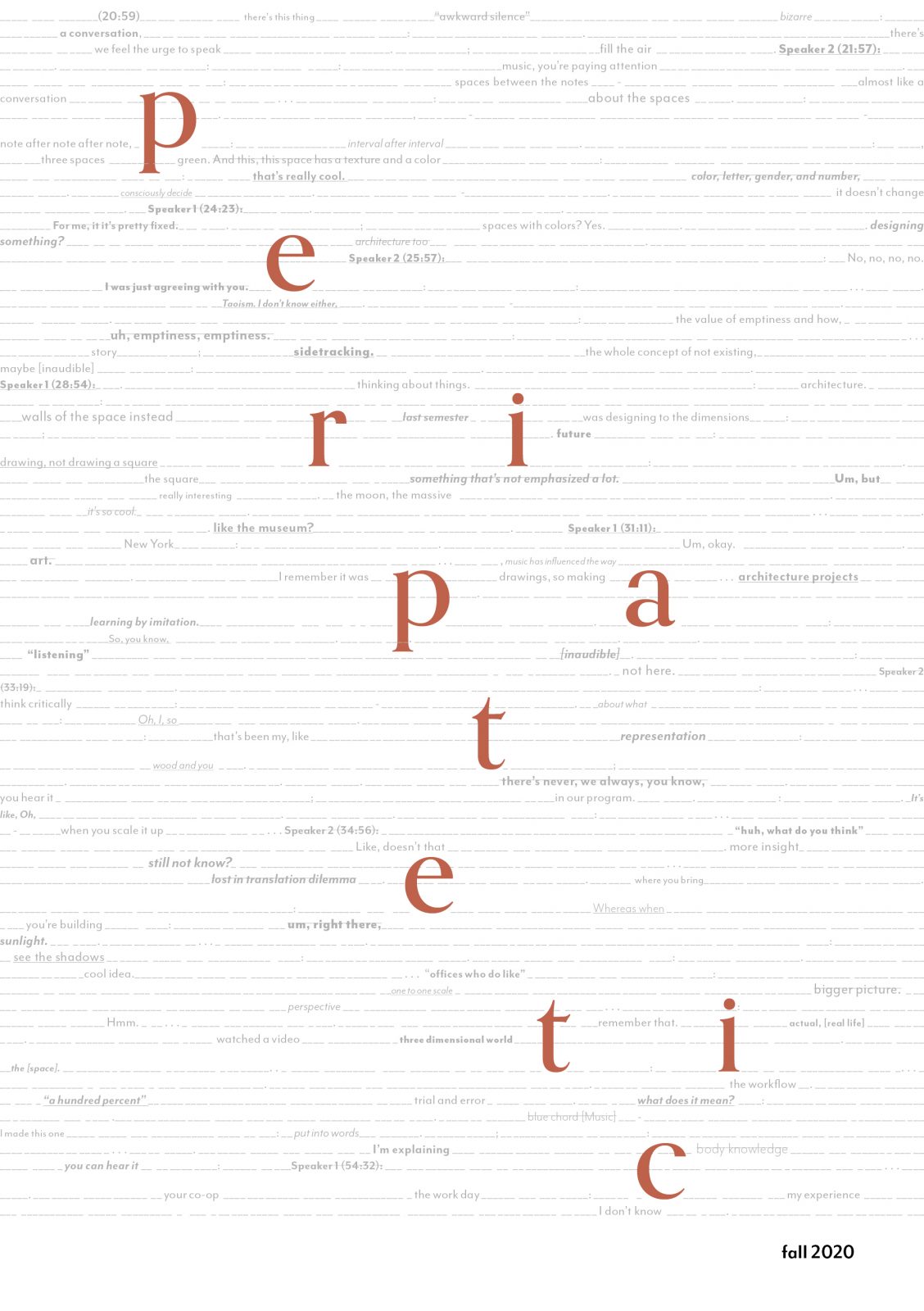
Read the Fall 2020 issue at https://issuu.com/peripatetic/docs/peripatetic_fall_2020
Editors: Michelle Li and Leela Keshav
The ancient Greek word peripatētikós, or peripatetic, translates as “given to walk about.” Cycling between four- and eight-month study and work terms, Waterloo Architecture’s undergraduate program embodies the idea of learning through moving from one location to another. Peripatetic is a publication that shares conversations, photographs, sketches, and reflections of student experiences both within and outside the workplace while on co-op. The range of experiences—from exploring a city on foot to adapting to a different office culture, and from new daily routines to personal projects—deepens our relationships with what we study in school to push the boundaries of architecture and design.
Divided into three sections with stories across four continents, Part One: From Place to Place, shares travel anecdotes and observations of different geographical and cultural landscapes. Part Two: Between Here and There focuses on the creative interests, often inspired by their locations, that students bring with them while on co-op. Part Three: The Road Less Traveled, takes a step beyond traditional architecture practices to explore alternative workplaces and entrepreneurial co-ops. Through interviews and articles, the publication provides first-hand accounts of how students navigate various working and living cultures as well as giving examples of different pathways in the co-op program.
Many students leave Galt for co-op, yet we keep returning to the city for our school terms. Situated on the traditional territory of the Neutral, Anishinaabeg and Haudenosaunee peoples, the School of Architecture also serves as a home base for students. We invite readers to reflect on their own connections to the lands where we continue to work and reside on, both on Turtle Island and beyond.
Peripatetic also highlights problems within the co-op program and in architectural education, as well as struggles that students face during and after a co-op term. Not every student has the opportunity or the financial means to travel abroad. Some internships, particularly those outside North America, can be poorly paid and exploitative, often asking for long unpaid overtime hours. Although most of the stories in Peripatetic are positive, many students have had negative co-op experiences. We hope that this publication will bring awareness to some of these issues to the School.
In the process of listening to our fellow architecture students, we were struck by the diversity of experiences unique to each student in Waterloo Architecture’s five-year undergraduate degree. However, we found that the valuable experiences students gained during their co-ops often are not reintegrated into the school culture or studio work. How can the School of Architecture encourage a deeper relationship between academia and practice?
We would like to thank all our contributors for sharing their stories and to our friends and classmates for their support and enthusiasm throughout this process. Write to us at peripatetic.zine@gmail.com to share feedback and ideas for our next issue. Follow us at @peripatetic.zine on Instagram for updates and stories!
Read some extracts from Peripatetic:
“Berlin has been a radical city until recent history—it feels like people are still fighting to keep the enclave of radical people living here in low-cost apartments. The culture itself lends very well to people expressing themselves artistically, but also giving them the space and the freedom to do it with lack of judgment.” — Conversation with Jeffrey So
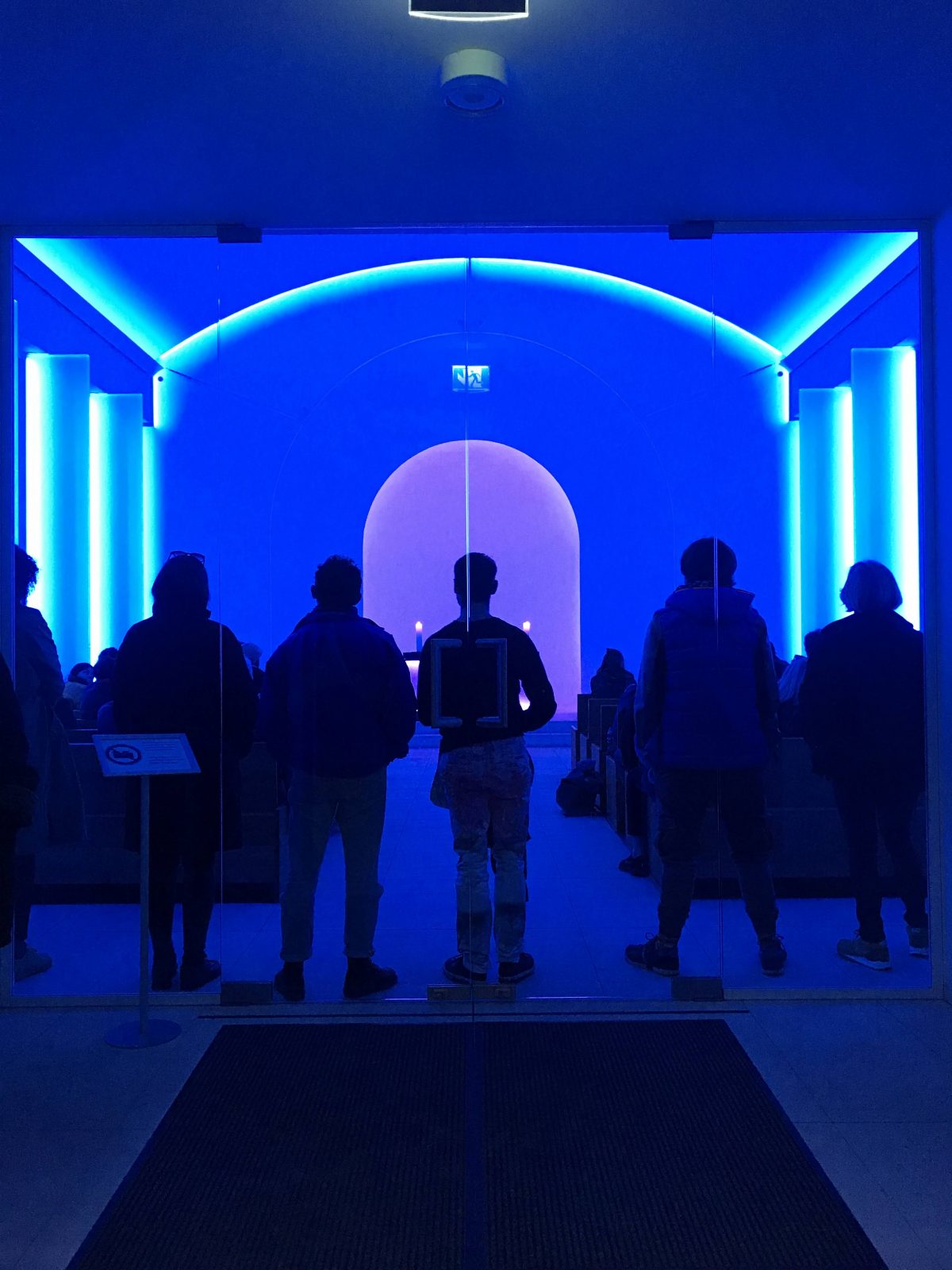
“Crossing Canada was an exercise in geography: cliff, rock, water, and sand. […] Most Southern Ontarians think they know the province but haven’t been above Muskoka. They haven’t experienced the rocky shield, the stunning lakes, or the primordial cliffs that command the landscape.” — Article by Derrick Clouthier
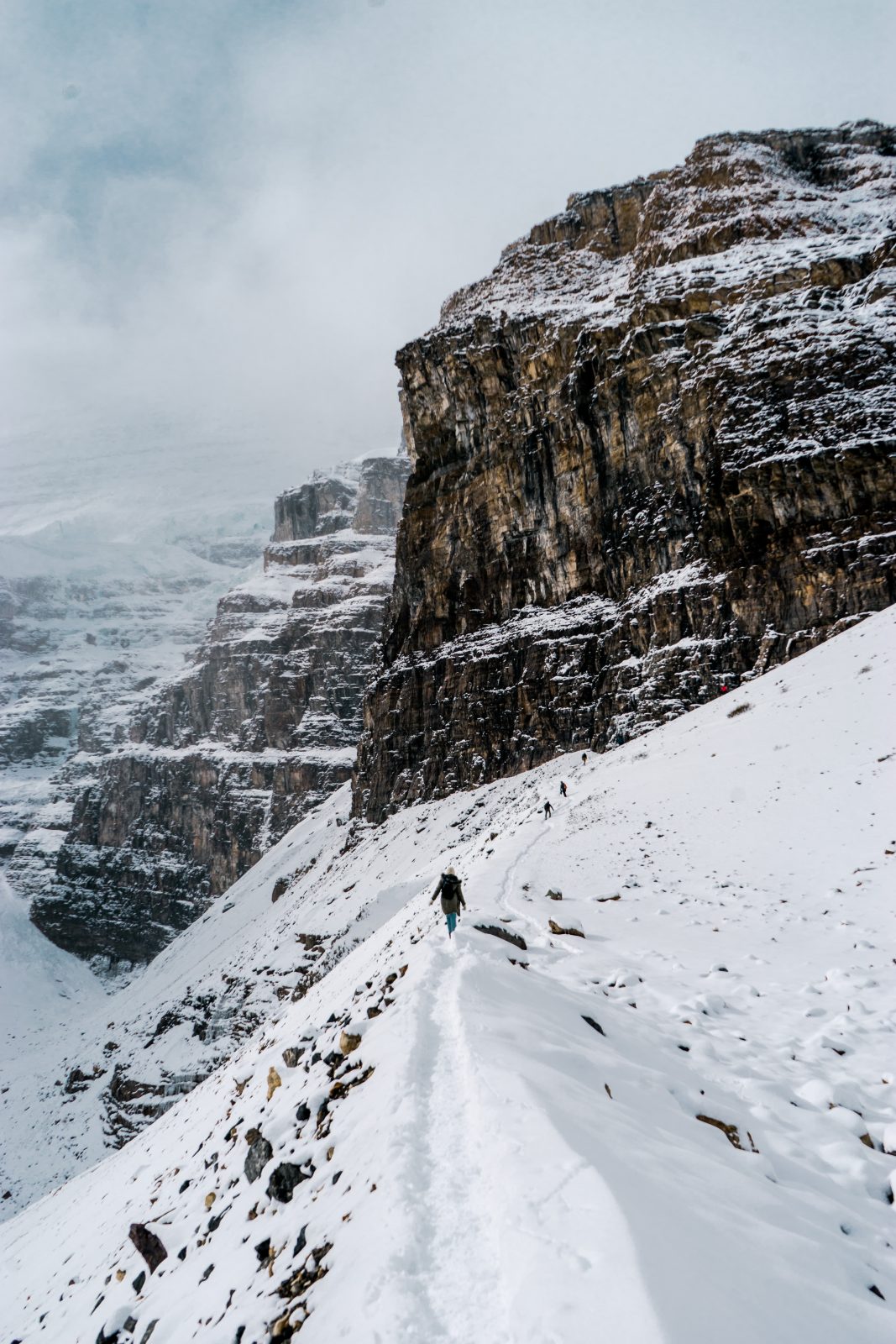
“A door is a metaphor for coming and going. It’s a portal between two places: where you are now, and what is on the other side. It can be the embodiment of an entire narrative.” — Meghan Won
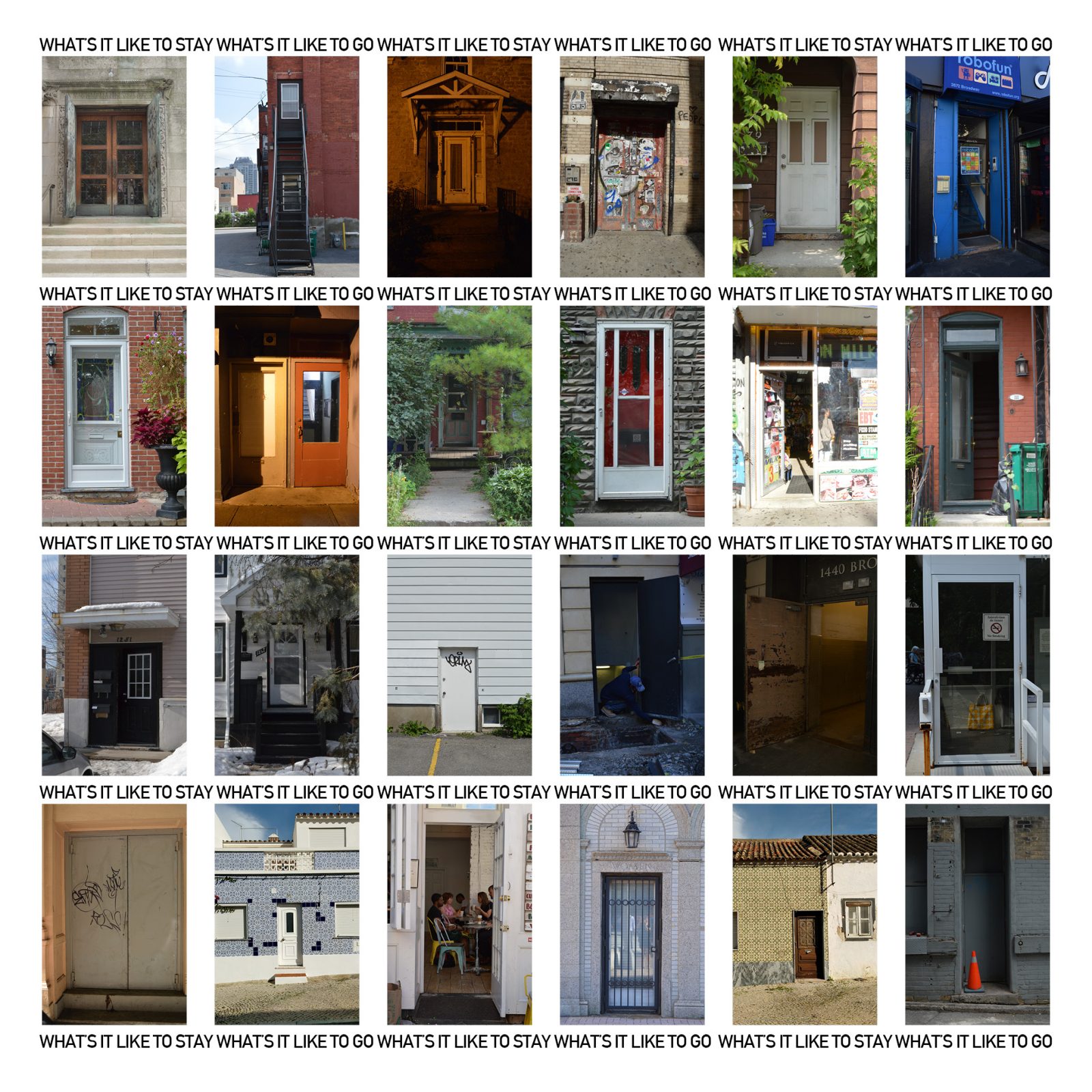
“I rarely draw something intentionally (and when I do, chances are it won’t turn out decent the first time). Usually, I have no idea what the end result will be. I just draw a line, think of what body part, pose, or object it reminds me of, and take it from there.” — Conversation with Maria Mylenka
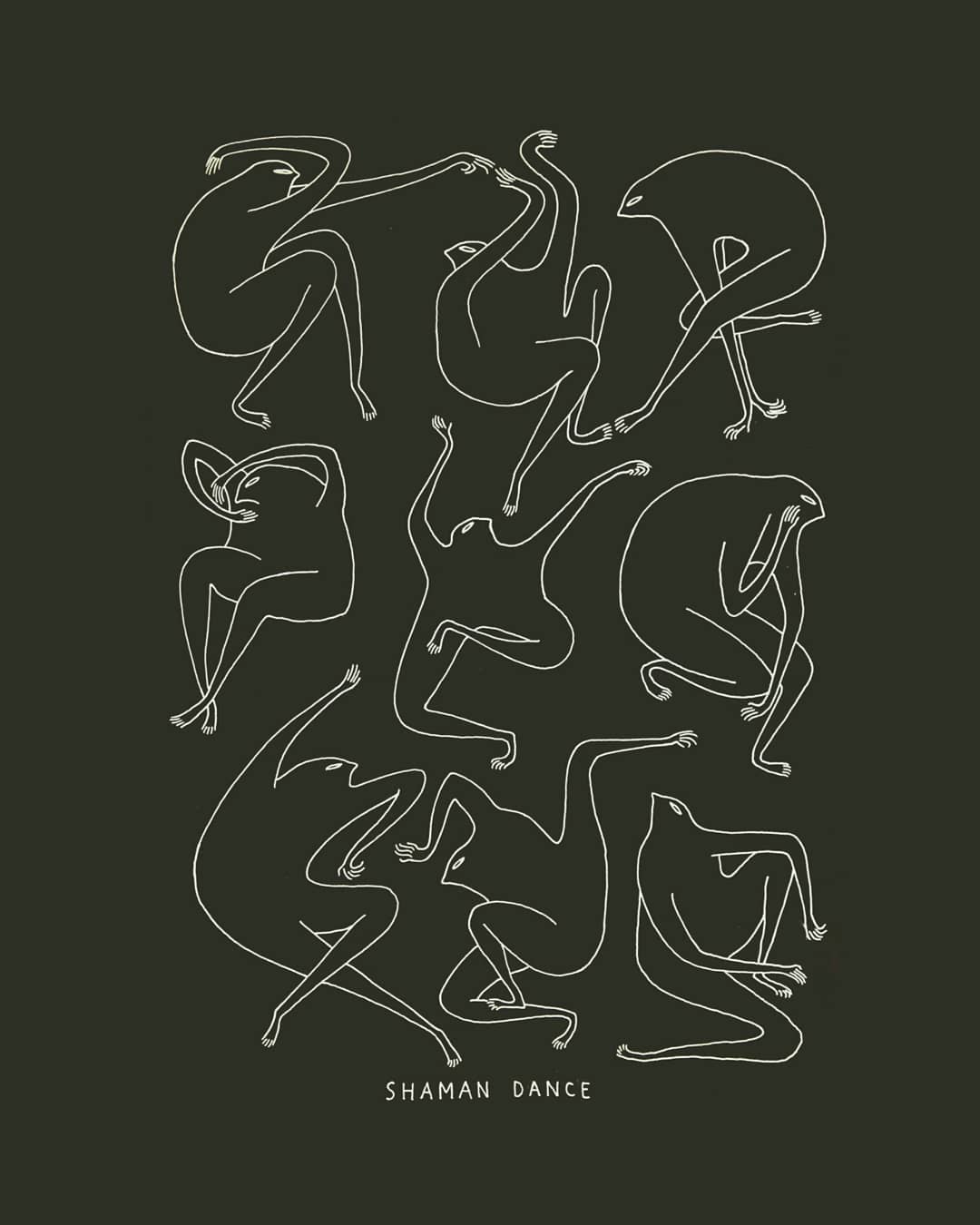
“It’s a different timescale to complete something in fashion or installation design compared to architecture. Most pop-ups and fashion show set designs get done from start to finish within the span of one month, or three months at most.” — Conversation with JieYu Wang and Hannah Connolly
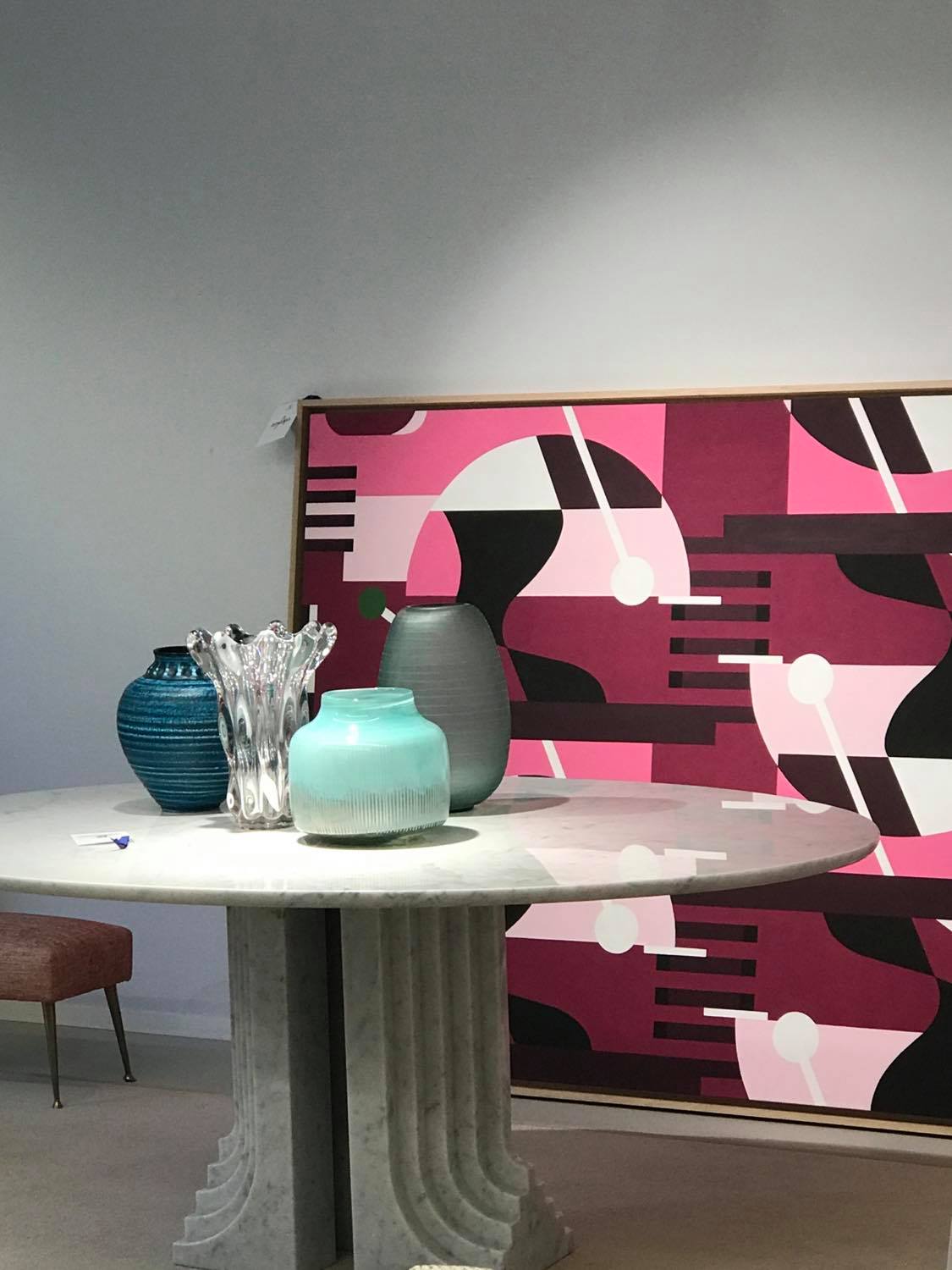
“There is a huge culture of gotong royong in Indonesia, which is a phrase that refers to community solidarity in the face of disaster. When you ask an outsider to intervene, especially with these issues of flooding, they don’t understand how people already organize and adapt at the community level.” — Conversation with Simone Delaney



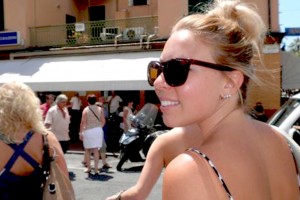

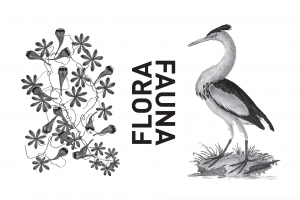
Leave a Reply